A new body shell and other details highlight Bachmann’s recently released HO scale heavyweight passenger cars. The company has offered heavyweight passenger cars in the past, but these models, a coach and a passenger/baggage combine, feature finer rivet detail, flush-fitting window glass, and light-emitting diode (LED) interior illumination.
The prototypes for the models appear to be a Pennsylvania RR class P70 coach and a PB70 combine. The PRR had 1,650 P70 coaches in service after a building program that lasted from 1907 to 1929. Pennsy’s shops began modifying and updating the cars in the 1930s, and an even dozen lasted in commuter service in New York City until 1980.
Ice air-conditioning was added to many cars in the 1940s, which added large bunkers spanning side-to-side under the center of the cars. The Bachmann cars are “hot,” that is, without air-conditioning.
Dimensions of the new model match an equipment diagram for a PRR P70 coach found on Rob’s Pennsy Page at prr.railfan.net. The coach/baggage combine is similar to a PRR class PB70 passenger baggage car, but it’s about 3 feet too long, according to drawings online.
Our samples were painted for the New York Central. The NYC had similar heavyweight cars, but there are some
detail differences. New York Central cars with the numbers Bachmann is offering had 22 evenly spaced passenger windows and one lavatory window per side. The model’s windows are in a paired configuration with 20 passenger windows and two lavatory windows per side. The combine has differences too, the most notable being the window arrangement. The sample models have four-wheel heavyweight trucks like those found on NYC cars.
The models are painted in New York Central’s 1939-40 scheme with Pullman green sides and black roofs and underbodies. The paint on our samples was evenly applied and the lettering is clear and opaque in the Central’s Gothic style.
The models have an overall improved appearance over the older Bachmann heavyweight cars. Even though the older models had separate handrails, those parts were overly thick and out of scale. Although the handrails on the new model are molded into the body shell, these and the other molded-on details are now much closer to scale appearance. There are other subtle differences, too.
For example, although the same detail parts are found on the underbody of the old and new cars – battery boxes, water tanks, and major pieces of the brake equipment such as the brake cylinder, air tank, and air valve – all of the parts are new moldings, as is the roof, body shell, floor, and interior.
I took the cars to Model Railroader’s Milwaukee, Racine & Troy club layout for testing. Out of the box, the cars aren’t very free-rolling. I tested them on the grade between the staging yards on the layout, and they wouldn’t freely roll down the 5.5 percent incline. However, after I applied a few drops of Labelle no. 106 plastic-compatible lube between the axle ends and the sideframes, the cars rolled freely on inclines and level surfaces.
All but one of the wheelsets was slightly tight in gauge, according to a National Model Railroad Association Standards gauge, but I had no trouble pulling the cars around various parts of the layout. I had to loosen one truck on each car so the car would track better.
The body shell is attached to the floor with eight small plastic tabs. The tabs lock into recesses in the flush-mounted window glazing. I had a little trouble releasing the floor when the glazing, glued to the inside of the shell, partially came loose. I slipped my NMRA Standards gauge between the floor casting and the glazing to release the floor.
Bachmann has covered the basics well, with interiors, lights, knuckle couplers, and metal wheelsets. Pennsylvania RR modelers, especially, should find these cars to be useful additions to passenger operations, and excellent canvases for detailing and modification projects.
Manufacturer
Bachmann Industries Inc.
1400 E. Erie Ave.
Philadelphia, PA 19124
www.bachmanntrains.com
Road names: New York Central, Pennsylvania, Baltimore & Ohio, Santa Fe, Southern, Union Pacific
Era: 1939 to 1968 (as decorated)
Features
▪▪36″ RP-25 insulated metal wheelsets
▪▪E-Z Mate Mark II couplers at correct height
▪▪Flush-mounted windows
▪▪Four and six-wheel trucks per prototype
▪▪Interior details
▪▪LED lighted interior
▪▪Weight: 6.3 ounces, coach (0.2 ounce too light based on National Model Railroad Association recommended practice 20.1); 5.8 ounces, combine (0.7 ounce too light)





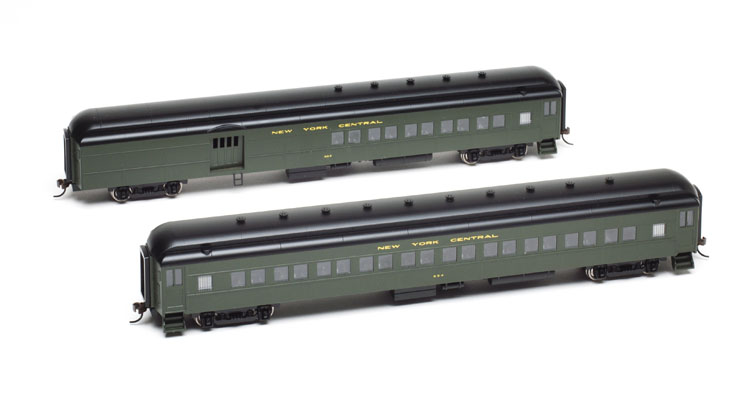
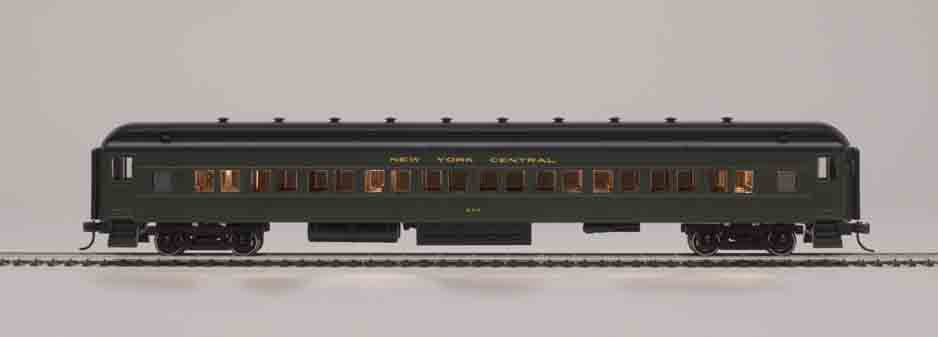

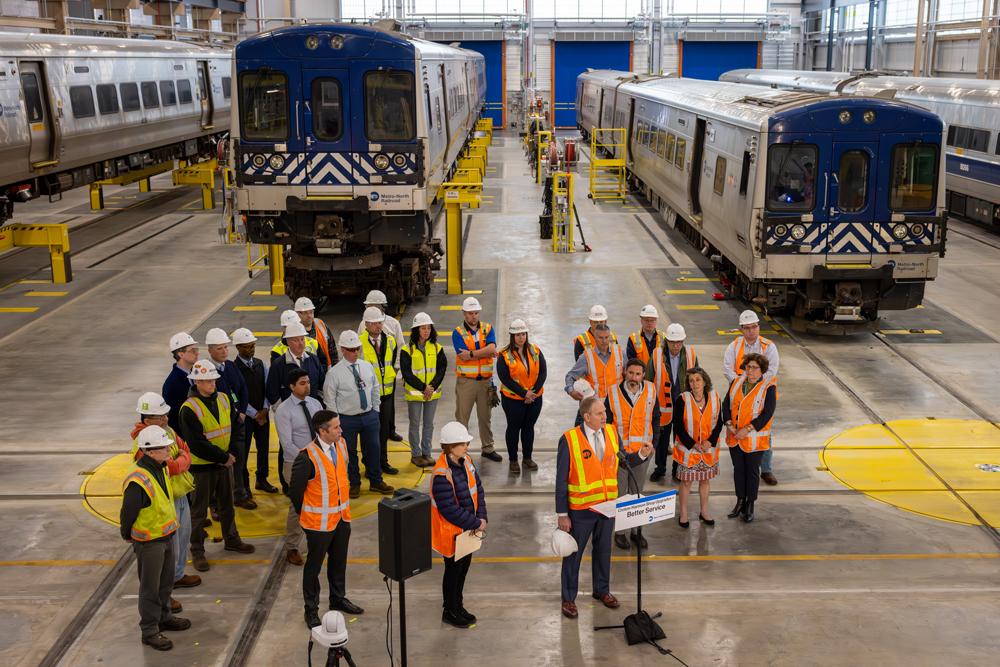
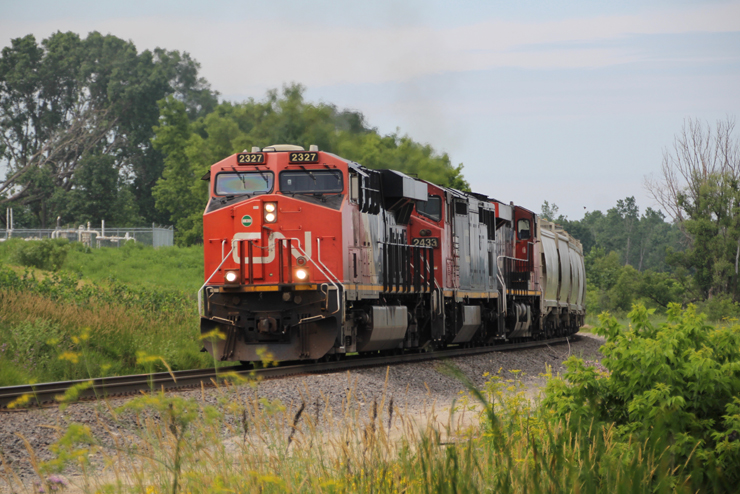

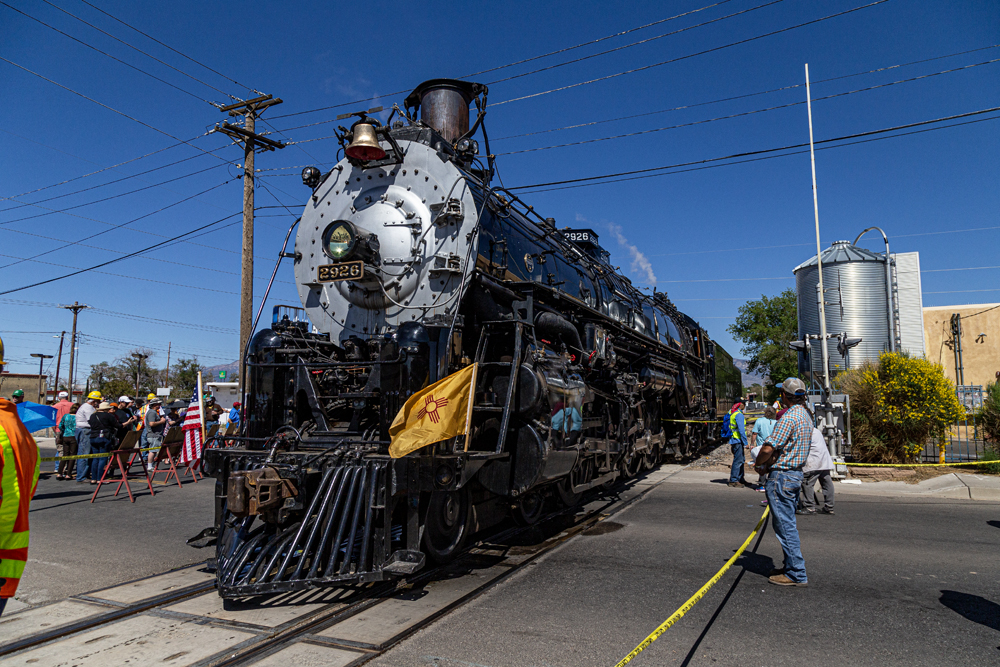




I wonder if Bachmann knows that more than six railroads ran heavyweights…